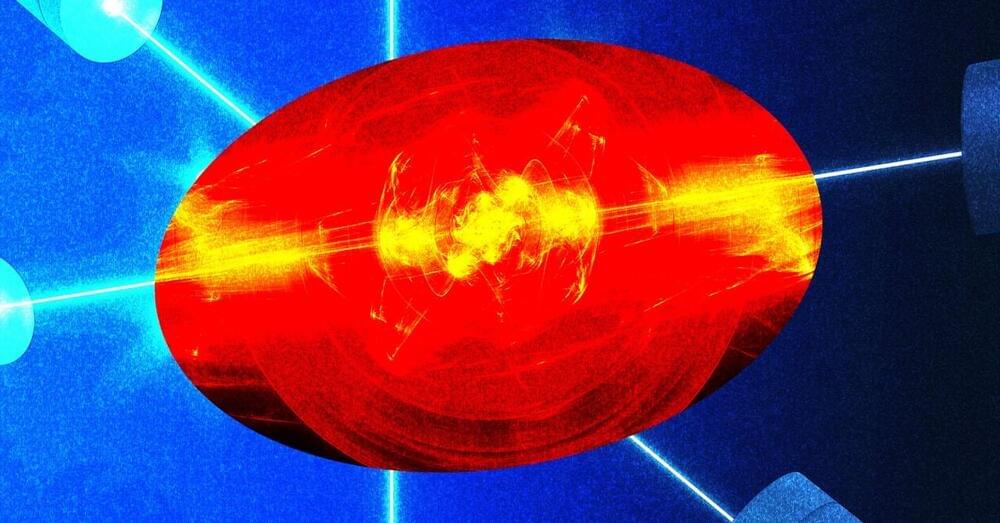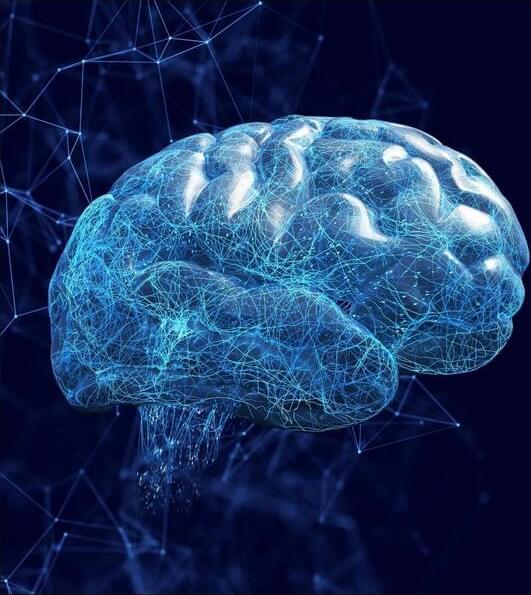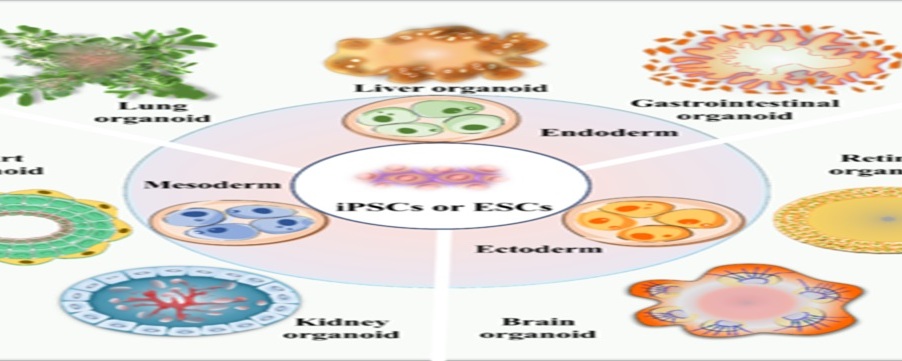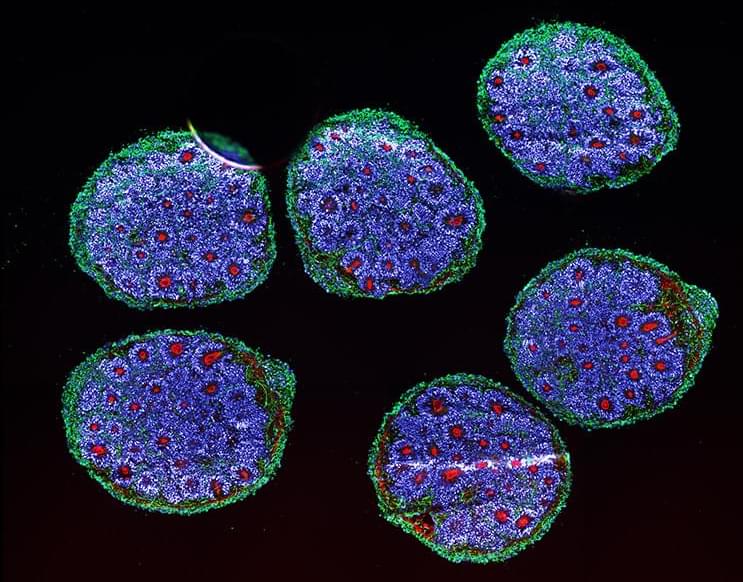After hitting a power-output milestone, fusion technology is ready to graduate from small-scale lab experiment to full-sized power plant.
Latest posts
Jul 26, 2024
Unlock Gene Networks Using Limited Data with AI Model Geneformer
Posted by Shubham Ghosh Roy in categories: biotech/medical, genetics, robotics/AI
Geneformer is a recently introduced and powerful AI model that learns gene network dynamics and interactions using transfer learning from vast single-cell transcriptome data. This tool enables researchers to make accurate predictions about gene behavior and disease mechanisms even with limited data, accelerating drug target discovery and advancing understanding of complex genetic networks in various biological contexts.
Developed by researchers at the Broad Institute of MIT and Harvard and their collaborators, the AI model Geneformer uses the highest-expressed genes in sc-RNA expression data to generate a dense representation of each cell, which can be used as features for various downstream predictive tasks. What makes Geneformer unique, however, are the capabilities its architecture enables, even when trained on very little data.
Geneformer has a BERT-like transformer architecture and was pre-trained on data from about 30M single-cell transcriptomes across various human tissues. Its attention mechanism enables it to focus on the most relevant parts of the input data. With this context-aware approach, the model can make predictions by considering relationships and dependencies between genes.
Imagine discovering a creature that could be as old as 500 years, swimming in the depths of the ocean. This is exactly what you find with the Greenland shark, a species now recognized as the longest-lived vertebrate in the world.
Julius Nielsen, a marine biologist at the University of Copenhagen, led a research team that made this groundbreaking discovery. They found a Greenland shark that was at least 272 years old, possibly even reaching 500 years in age, surpassing the previous record held by a 211-year-old bowhead whale.
Determining the age of many fish is done by counting the growth layers in calcium carbonate “stones” found in their ears, similar to counting tree rings. However, sharks don’t have these earstones. Additionally, the Greenland shark lacks other calcium-rich tissues suitable for this method. Instead, scientists used a different technique: examining the lenses in their eyes.
Jul 26, 2024
Company that supplies Samsung set to build new $46 million facility in Manor
Posted by Genevieve Klien in category: chemistry
Wonik manufactures specialty gases and chemicals used by the semiconductor industry. Its clients include Samsung, NXP Semiconductors NV, Infineon Technologies AG and Texas Instruments Inc.
The company signed a joint letter of support with the city of Manor earlier this month, the ABJ reports. Korean company BuildBlock Inc. will be coordinating infrastructure for the project.
For the full report, visit the ABJ website.
Jul 26, 2024
CRISPR engineering in organoids for gene repair and disease modelling
Posted by Shubham Ghosh Roy in categories: biotech/medical, engineering
Adult stem cell-derived organoids closely resemble their tissue of origin. This Review discusses recent developments in CRISPR-mediated genome engineering and its application using adult-stem-cell-derived organoids in the construction of isogenic disease models and for clinical gene repair.
Jul 26, 2024
The Emergence Of Organoid Intelligence: Reshaping AI With Miniature Brains
Posted by Dan Breeden in categories: biotech/medical, robotics/AI
Replicating these processes in AI systems is a significant challenge. One of the most exciting applications is in this field. Leveraging OI can help in training AI models more effectively. The dynamic neural networks in organoids can serve as a blueprint for creating more human-like AI systems.
The development of AI-enabled organoids is a promising field that combines AI with organoids to create more precise models of human organ functionality and diseases. This convergence could revolutionize drug discovery, disease diagnosis and the development of advanced treatments. AI helps organoids by guiding them through three crucial dimensions:
1. Hybrid Intelligence: A potential future scenario involves merging OI with traditional AI systems. This fusion could result in a new era of “hybrid intelligence” that combines the analytical power of AI with the nuanced understanding of human-like cognition.
Jul 26, 2024
Human brain organoid: trends, evolution, and remaining… : Neural Regeneration Research
Posted by Dan Breeden in categories: biotech/medical, evolution, life extension, neuroscience
Analyzed the global trends in this area of neuroscience. To identify and further facilitate the development of cerebral organoids, we utilized bibliometrics and visualization methods to analyze the global trends and evolution of brain organoids in the last 10 years. First, annual publications, countries/regions, organizations, journals, authors, co-citations, and keywords relating to brain organoids were identified. The hotspots in this field were also systematically identified. Subsequently, current applications for brain organoids in neuroscience, including human neural development, neural disorders, infectious diseases, regenerative medicine, drug discovery, and toxicity assessment studies, are comprehensively discussed.
Jul 26, 2024
Brain organoids replicate key events in human brain development
Posted by Dan Breeden in categories: biotech/medical, neuroscience
Organoids are carefully grown collections of cells in a dish, designed to mimic organ structures and composition better than conventional cell cultures and give researchers a unique view into how organs such as the brain grow and develop. To make them experimentally useful, scientists need to determine how faithfully these models reproduce the behavior of cells in the body.
Now, researchers at the Broad Institute of MIT and Harvard and Harvard University have found that human brain organoids replicate many important cellular and molecular events of the developing human cortex, the part of the brain responsible for movement, perception, and thought. Their findings appear today in Cell.
The team grew brain organoids from stem cells and closely studied their growth over a six-month period, using tools that map cell position, gene expression, and chromatin accessibility — which determines how gene activity is regulated — at a single-cell level and over time. They then constructed an “atlas” characterizing more than 600,000 cells from organoids that were sampled as they developed and matured. The team found that after the first month, in each organoid they made, the same types of cells developed in the same order and expressed the same genes as cells in the developing human embryo.
Jul 26, 2024
The Development of Transhumanism in China — Article by Peter Wang
Posted by Dan Breeden in categories: economics, education, energy, food, policy, transhumanism
Ancient Chinese society was dominated by feudalism. The economy was dominated by agriculture, and the development of science and technology was slow or even suppressed. The main achievements of this era were the four major inventions of China: papermaking, gunpowder, the compass, and printing. Why was this so? For an ancient civilization with a history of several thousand years, why was the development of science and technology so backward? The fundamental reason was the idea of imperial power. Ancient China was centered on the emperor, and everything on the Chinese land was owned by the emperor, including the farmers on that land. The emperor was afraid of a peasant revolution and was afraid that others would take the emperor’s place, and as a result successive emperors would use the policy of fools. Instead of allowing farmers to read books, the emperors just wanted the farmers to plant the land every day, like slaves, so that the farmers would have no ability to overthrow the rulers. This idea of imperial power had greatly suppressed the development of science and technology.
In 1949, Mao Zedong established the first democratic, self-improving, unified China in Chinese history: The People’s Republic of China, a stable country; a country without feudal ideas; and a country that serves the people. Only then did China begin to truly develop its own education, technology, and industry. It was aimed for ordinary people to have food to eat, houses to live in, and books to read, and it was also intended for them to be more involved in technology and democracy. However, Chinese politics had hindered the development of science and technology (superhuman science), such as the Great Leap Forward, which severely reduced China’s productivity and starved many people; the Cultural Revolution had destroyed China’s economic development, education, and technology, bringing China back to pre-liberation overnight. These events were relatively unfortunate. Political struggles have severely hindered the development of science and technology (superhuman science) in China.
In 1978, China began reform and opening up. This phase of reform and opening up was China’s greatest era. China has changed from a closed country to an open country. Deng Xiaoping formulated a basic national policy centered on economic construction, which has enabled China’s economy to develop rapidly. At this time, China attaches great importance to the development of education, science and technology, and the economy. At the same time, special attention is also paid to foreign exchanges, and advanced education and technology have been introduced from abroad. In education, a large number of international students are sent to study in developed countries such as the United States, which has cultivated a large number of scientific and technological talents for China; economically, a large number of foreign companies have been introduced to optimize state-owned enterprises and support for private enterprises, so China’s economy has developed rapidly.
Jul 26, 2024
Carving Out Nanostructures Beneath the Surface of Silicon
Posted by Dan Breeden in categories: computing, nanotechnology, transportation
Modern computer chips can have features built on a nanometer scale. Until now it has been possible to form such small structures only on top of a silicon wafer, but a new technique can now create nanoscale features in a layer below the surface. The approach has promising applications in both photonics and electronics, say its inventors, and could one day enable the fabrication of 3D structures throughout the bulk of the wafer.
The technique relies on the fact that silicon is transparent to certain wavelengths of light. This means the right kind of laser can travel through the surface of the wafer and interact with the silicon below. But designing a laser that can pass through the surface without causing damage and still carry out precise nanoscale fabrication below is not simple.
Researchers from Bilkent University in Ankara, Türkiye, achieved this by using spatial light modulation to create a needlelike laser beam that gave them greater control over where the beam’s energy was deposited. By exploiting physical interactions between the laser light and the silicon, they were able to fabricate lines and planes with different optical properties that could be combined to create nanophotonic elements below the surface.

















